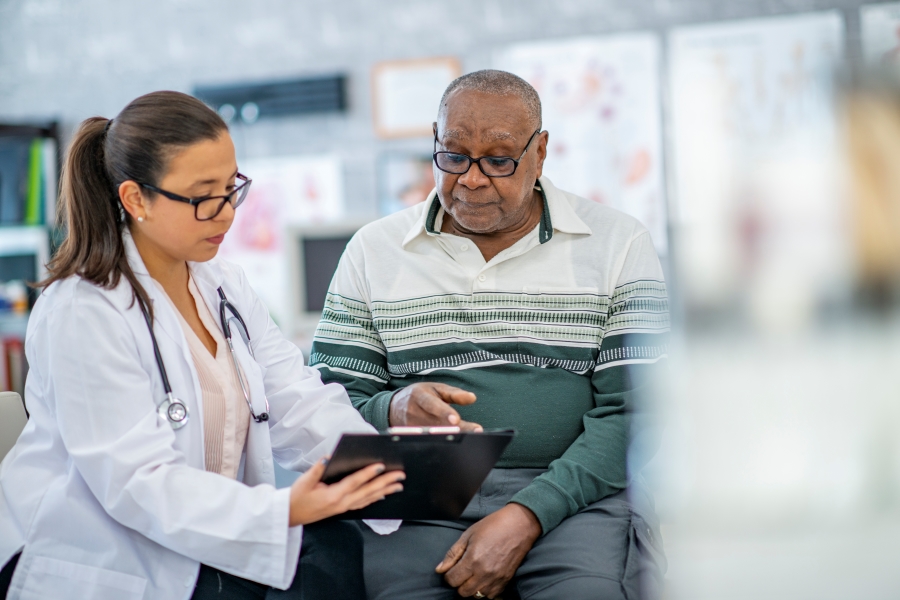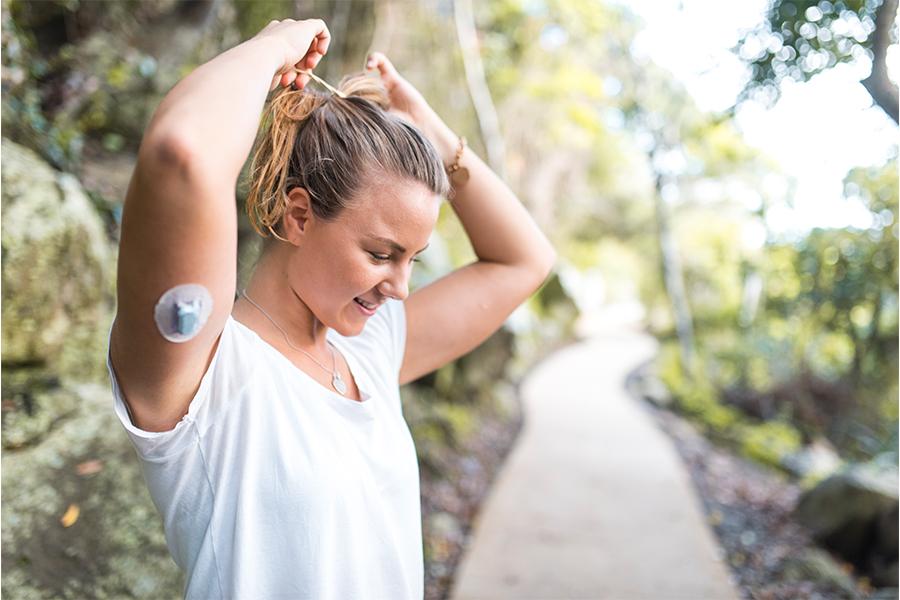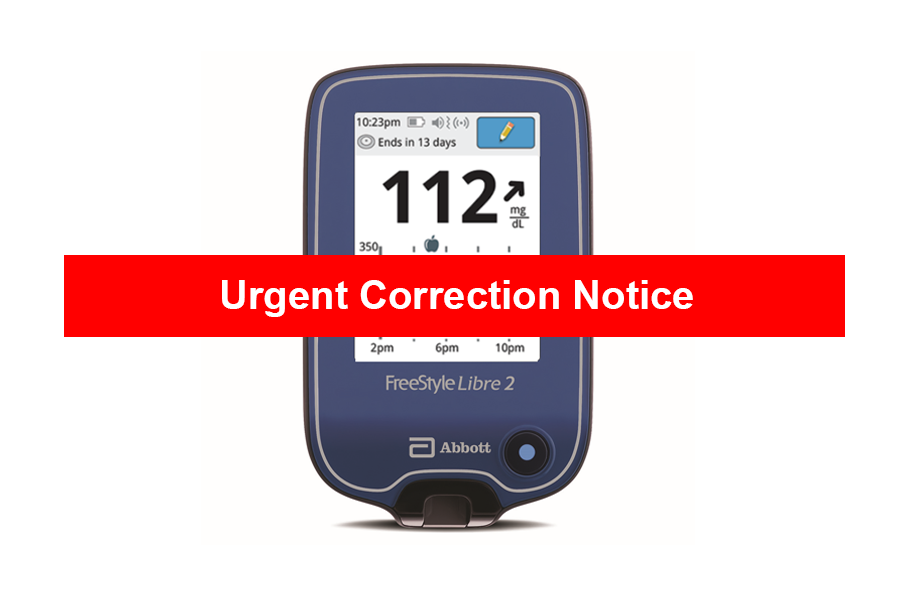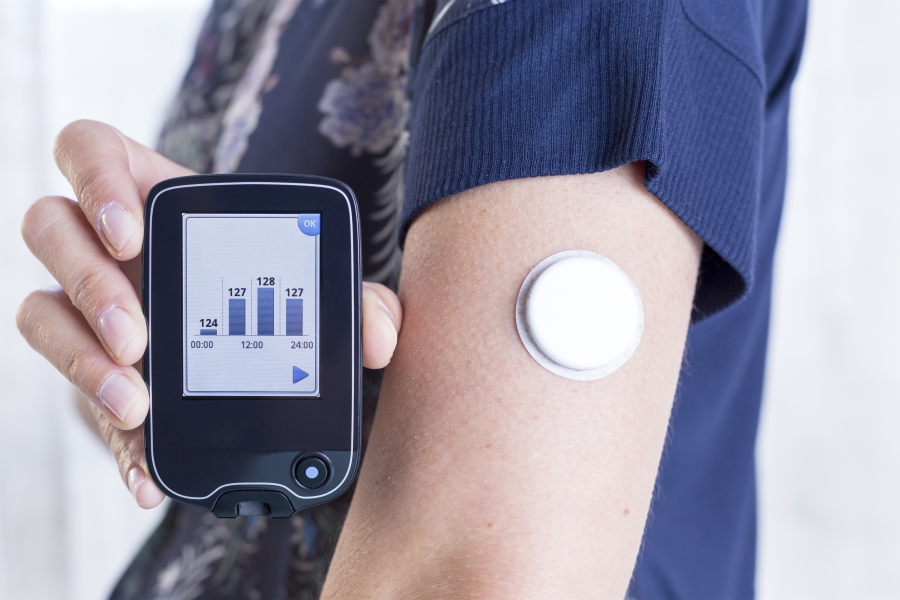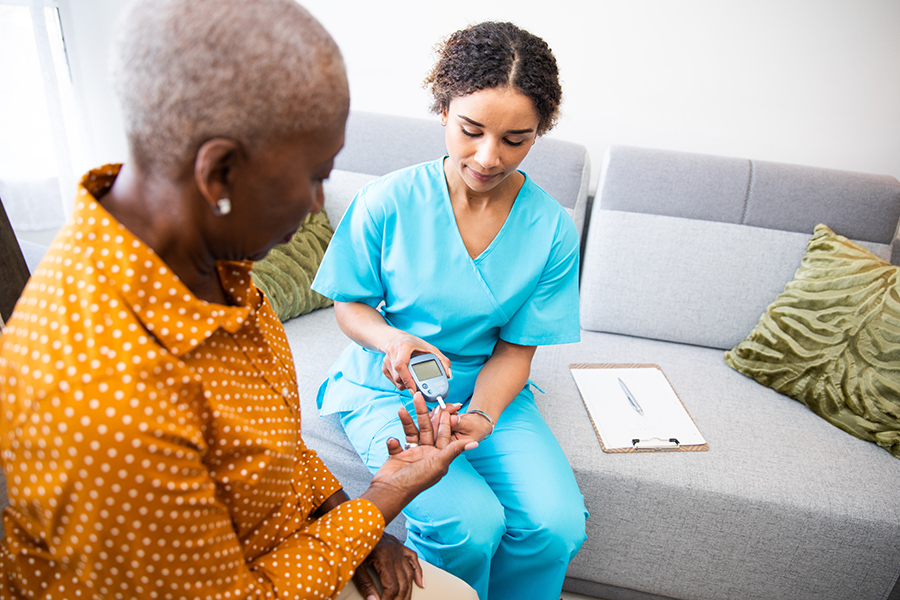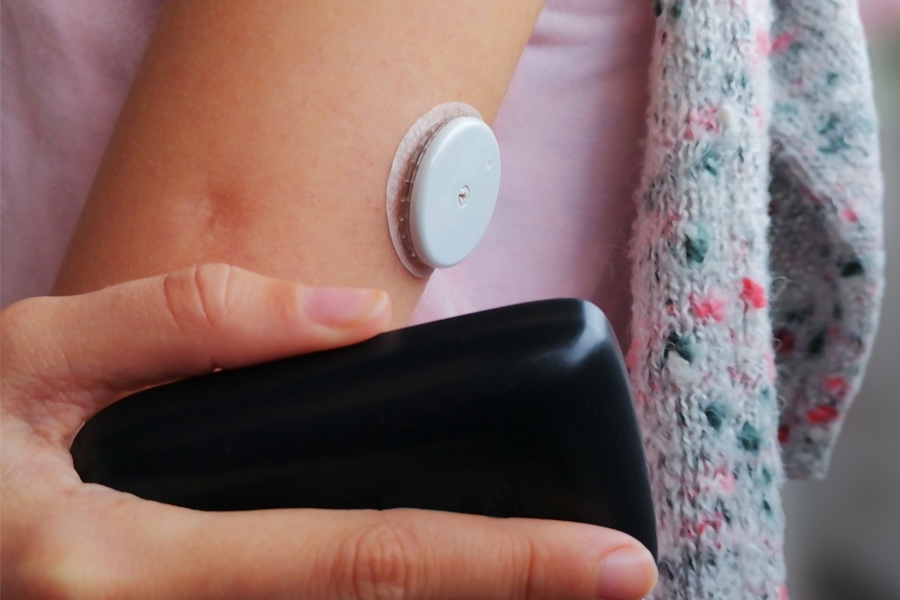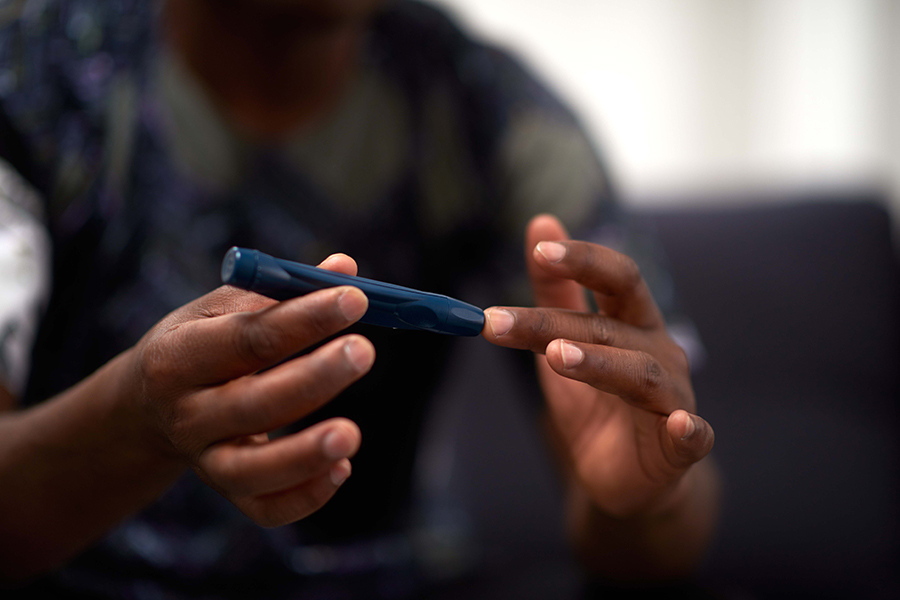Updated February 11, 2020
Diabetes is a group of diseases characterized by high blood glucose levels that result from defects in the body’s ability to produce and/or use insulin. In the United States, 30.3 million people have been diagnosed with the condition. The two main types of diabetes are type 1 and type 2. Both can go undiagnosed because many of the symptoms seem so harmless. Recent studies indicate that the early detection of diabetes symptoms and treatment can decrease the chance of developing the complications of diabetes.
Type 1 and type 2 diabetes have different causes. Yet two factors are important in both:
- An inherited predisposition to the disease.
- An environmental trigger.
Type 1 Diabetes
Usually diagnosed in children and young adults, and was previously known as juvenile diabetes. However, it can develop in adulthood as well. In type 1 diabetes, the body does not produce insulin.
Insulin is a hormone that is needed to convert sugar, starches and other food into energy needed for daily life. In the U.S., 5% of patients diagnosed with diabetes have type 1.With the help of insulin therapy and other treatments, those with type 1 diabetes can learn to manage their condition and live long, healthy, happy lives.
T1 Diabetes Symptoms:
- Frequent urination
- Unusual thirst
- Extreme hunger
- Unusual weight loss
- Extreme fatigue and irritability
Causes:
Currently, type 1 diabetes is not preventable. Diet and lifestyle habits don’t cause type 1 diabetes.
In most cases of T1 diabetes, people need to inherit risk factors from both parents. Some people have certain genes that make them more likely to develop the condition, although not everyone will develop diabetes even if they have those genes.
Being exposed to a trigger in the environment, such as a virus, is also thought to play a part. Type 1 diabetes is thought to be caused by an autoimmune reaction (the body attacks itself by mistake) that destroys the cells in the pancreas that make insulin, called beta cells. This process can go on for months or years before any symptoms appear.
In experiments that followed relatives of people with type 1 diabetes, researchers found that most of those who were diagnosed with diabetes had certain autoantibodies in their blood for years before. (Antibodies are proteins that destroy bacteria or viruses. Autoantibodies are antibodies that mistakenly attack the body’s own tissues.)
Type 2 Diabetes
This is the most common form of diabetes. More than 30 million Americans have been diagnosed with type 2 diabetes, and many more are unaware they are at high risk. Some groups have a higher risk for developing type 2 diabetes than others. Type 2 diabetes is more common in African Americans, Latinos, Native Americans, and Asian Americans, Native Hawaiians and other Pacific Islanders, as well as the aged population.
In type 2 diabetes, either the body does not produce enough insulin or the cells become resistant to insulin. Insulin is necessary for the body to be able to use glucose for energy. When you eat food, the body breaks down all of the sugars and starches into glucose, which is the basic fuel for the cells in the body. Insulin takes the sugar from the blood into the cells. When glucose builds up in the blood instead of going into cells, it can lead to diabetes complications.
T2 Diabetes Symptoms:
- Any of the type 1 symptoms
- Frequent infections
- Blurred vision
- Cuts/bruises that are slow to heal
- Tingling/numbness in the hands/feet
- Recurring skin, gum or bladder infections
Causes:
Type 2 diabetes has a stronger genetic basis than type 1, yet it also depends more on environmental factors. Sound confusing? What happens is that a family history of type 2 diabetes is one of the strongest risk factors for getting the disease, but it only seems to matter in people living a Western lifestyle.
Risk factors include:
- Being overweight
- > 45 years old
- Family history
- Physical activity < 3 times per week
- History of gestational diabetes or having given birth to a baby weighing > 9 pounds
- Are African American, Hispanic/Latino American, American Indian, or Alaska Native. Pacific Islanders and Asian Americans may also have an increased risk.
Gestational Diabetes
During pregnancy — usually at around 28 weeks or later — women can be diagnosed with gestational diabetes. This diagnosis doesn’t mean that they had diabetes before you conceived, or that they will have diabetes after giving birth. But it’s important to follow the doctor’s advice regarding blood glucose (blood sugar) levels while planning pregnancy, so both mom and baby remain healthy.






